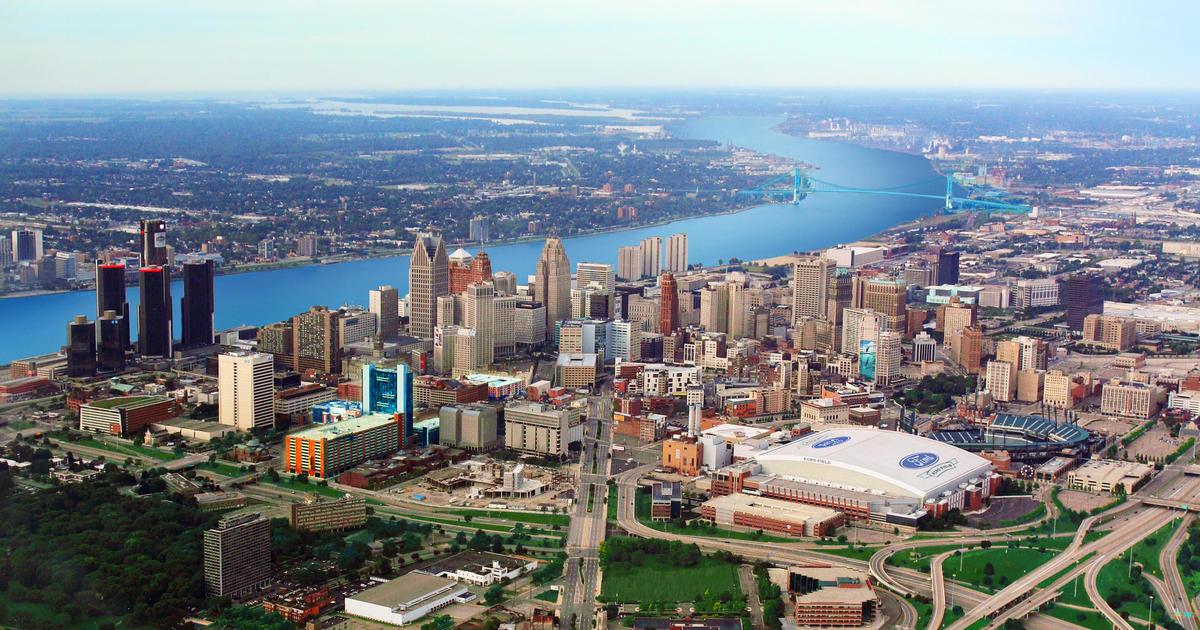Come Together: Congregation Reaps Financial Gains Through Energy Efficiency Upgrades
Congregations that gather in large buildings face unique financial challenges. While a house of worship may be similar to a large commercial building in many ways, it is likely the property of a non-profit that depends on donations, so in the struggle to balance the books, every penny counts. Because congregational buildings are large, energy costs can be overwhelming, particularly those associated with heating and cooling.
In this article, we'll take a look at the challenges these organizations face and provide tips that can reduce energy costs. Much of this information is also applicable to commercial enterprises, like movie theaters and warehouses, that are structurally similar to congregational buildings.
Come Together Costs
The congregation that knows where it's spending energy dollars is the congregation that saves on costs. Data from DTE Energy Business Energy Advisor indicates a range of equipment, including AV systems, microphones and amplified instruments, accounts for about 30 percent of the average congregation's electric bill. Not far behind are lighting at 27 percent and cooling at 17 percent.
Heating costs are significant: 94 percent of the natural gas bill is likely going toward heating. Most churches relying on older heating equipment can save through upgrades. Sometimes just a few modifications and adjustments can generate energy-costs savings. First Presbyterian Church of Trenton, Mich. is a good example.
First Presbyterian Church -- A Case Study
The First Presbyterian Church of Trenton was founded in 1903, and the current building was constructed in 1959. Bill Cloutier, an elder at the church, is also a manager of electric engineering standards for DTE Energy, so when renovation became necessary, he was prepared to help the congregation plana project that would make the building more useful and optimize its energy efficiency.
Mr. Cloutier explains that many congregational buildings use multiple HVAC units to heat and cool large and small areas. An energy audit revealed that much could be done to optimize the efficiency of existing equipment while replacing components where necessary. Most problematic was a failing air conditioning unit in the sanctuary. It was replaced with a high-efficiency model. Ducting was inadequate, so it was redesigned to improve distribution.
Like many congregational buildings, the church lacked exterior-wall insulation. Furring strips were fitted and insulation installed before the walls were redone with drywall. Roof insulation was added and windows were replaced with high-efficiency units. The insulation value or R-value of the walls was increased by 223 percent while additional ceiling insulation resulted in an increase of 156 percent. The work was recently completed, so energy savings haven't been quantified, but improved insulation usually yields a quick payback and substantial savings.
Let There Be Light
While HVAC systems were in need of upgrade, the building's outdated lighting was both inefficient and inappropriate for worship areas. Incandescent chandeliers gave way to 36 LED can lights. Concealed LED lighting washes the walls with infinite color schemes as specified by a control network. This allows an ambiance well suited to each service. Incandescent spotlights were replaced with LED theatrical lights and spotlights. Fluorescent fixtures in the entryway gave was to LED panel lights.
Mr. Cloutier says the cost of expansive lighting renovation will eventually pay for itself, and the results justify the expense since the old lighting was inadequate. Of course the congregation will be using less energy, a plus for the planet.
Improving An HVAC System That's Just Blowing A Lot Of Hot Air Can Be A Blessing
While the First Presbyterian Church was able to take advantage of DTE Energy's knowledge bank, your business or organization can do the same by using the DTE Energy Business Energy Advisor. The following energy enhancement projects are explained in detail at that site.
- Given the unique requirements of congregational buildings and similar structures, an energy audit is the best way to identify cost-effective improvements.
- A contractor with experience in commissioning congregational buildings can tune up HVAC systems, leading to reductions of 10 percent to 15 percent in energy bills. Visit dteenergy.com/findacontractor.
- Zoned HVAC units can improve efficiency in buildings where areas vary widely in configuration and usage.
- Older buildings are energy inefficient because they leak air. Insulation, secondary glazing and weather-stripping can yield substantial returns. Replacing single-pane windows with energy-efficient, low thermal emissivity (low-e) windows can be cost effective in cold climates.
- Replacing T12 fluorescent fixtures with modern T8 lamps can reduce consumption by 35 percent.
- Replace appliances and equipment with Energy Star®-rated models.
In addition to energy-savings tips for congregational buildings, the Business Energy Advisor includes tips for 18 other types of businesses. Check them out today at dteenergy.bizenergyadvisor.com so you can put those energy bucks where they belong: back into your business.
The main energy-efficient measure featured in this article: High-efficiency air conditioner can save you $10-15 per ton. To learn more about this and other incentives call 866.796.0512 option 3, visit DTE Energy Business Energy Advisor or e-mail saveenergy@dteenergy.com.
This article was originally published in DTE Energy's magazine EnergySmarts.
For more tips and inspiration for small business owners,
visit CBS Small Business Pulse Detroit.



